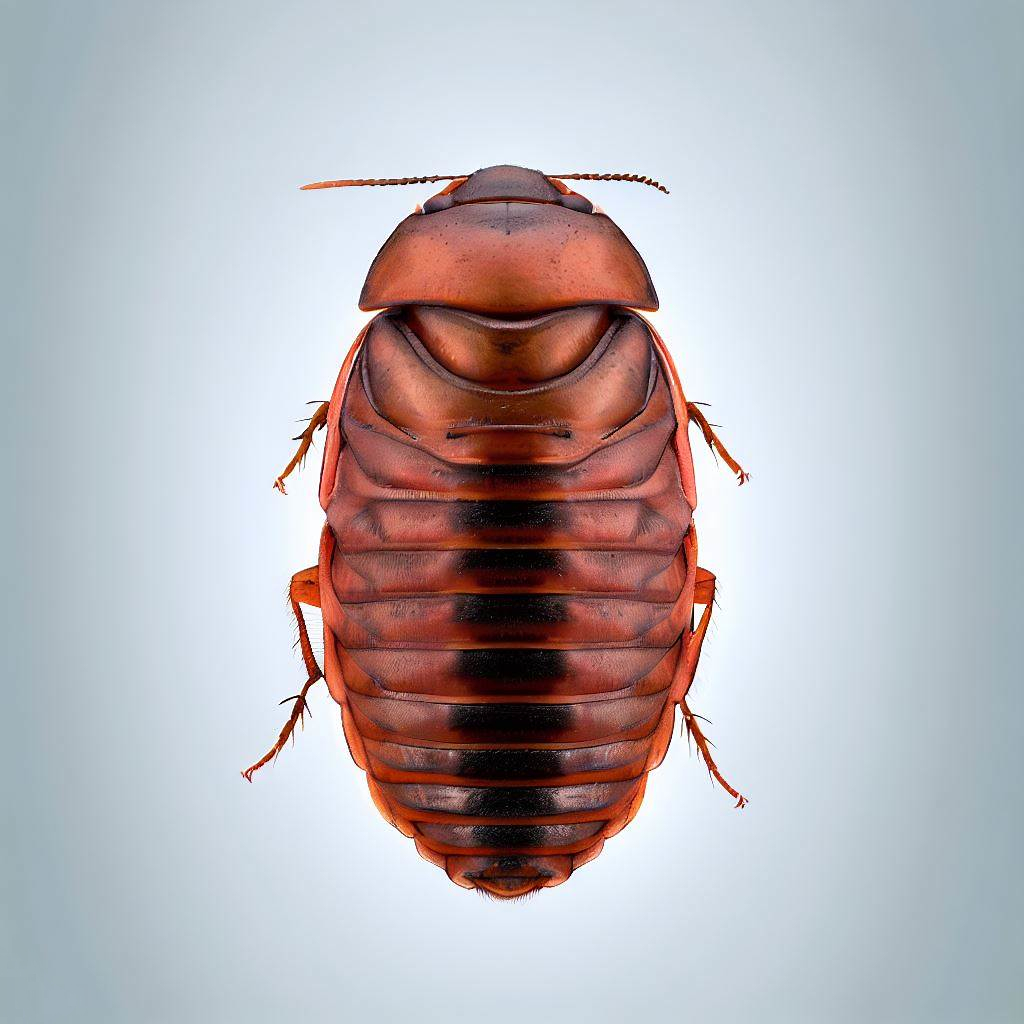
ECO-FRIENDLY PEST CONTROL INC.
Sun - Thur: 8AM - 8PM

Sun - Thur: 8AM - 8PM
 Bedbugs, scientifically known as Cimex lectularius, are small, wingless insects that have become a notorious household pest. Despite their tiny size, these nocturnal parasites can wreak havoc in homes, hotels, and other dwellings. Understanding their life cycle and habits is essential in effectively dealing with infestations and preventing their spread.
Bedbugs, scientifically known as Cimex lectularius, are small, wingless insects that have become a notorious household pest. Despite their tiny size, these nocturnal parasites can wreak havoc in homes, hotels, and other dwellings. Understanding their life cycle and habits is essential in effectively dealing with infestations and preventing their spread.
Life Cycle: Bedbugs undergo a gradual metamorphosis, transitioning through several stages: eggs, nymphs, and adults.
Eggs: Female bedbugs lay tiny, oval-shaped, white eggs in small cracks and crevices, usually near their preferred hiding places. A single female can lay hundreds of eggs in her lifetime. The eggs are coated with a sticky substance, enabling them to adhere to various surfaces. Bedbug eggs typically hatch within one to two weeks, depending on environmental conditions.
Nymphs: After hatching, bedbug nymphs emerge and resemble smaller versions of adults. They go through several nymphal stages, called instars, before reaching adulthood. In each instar, the nymphs require a blood meal to molt and progress to the next stage. During molting, they shed their exoskeletons and gradually develop into larger nymphs.
Adults: Once they have undergone all the nymphal stages, bedbugs reach adulthood. Adult bedbugs are approximately the size of an apple seed and have a flat, oval-shaped body. They are reddish-brown in color, but can appear darker and more engorged after feeding. Adult bedbugs can survive for several months without a blood meal under favorable conditions.
Habits: Bedbugs are primarily nocturnal creatures, preferring to feed on human or animal blood during the night. They are attracted to the carbon dioxide and warmth emitted by their hosts. While they are not known to transmit diseases, their bites can cause itching, redness, and discomfort in humans.
The habits of a bedbug are primarily focused on obtaining blood meals and finding suitable hiding spots. Here are some key habits of bedbugs:
Understanding the life cycle and habits of bedbugs is key to combating infestations and preventing their spread. Early detection, thorough inspection, proper sanitation, and professional pest control measures are essential in eradicating these persistent pests. By staying informed and taking proactive steps, you can protect your home and ensure a bedbug-free environment for you and your family.